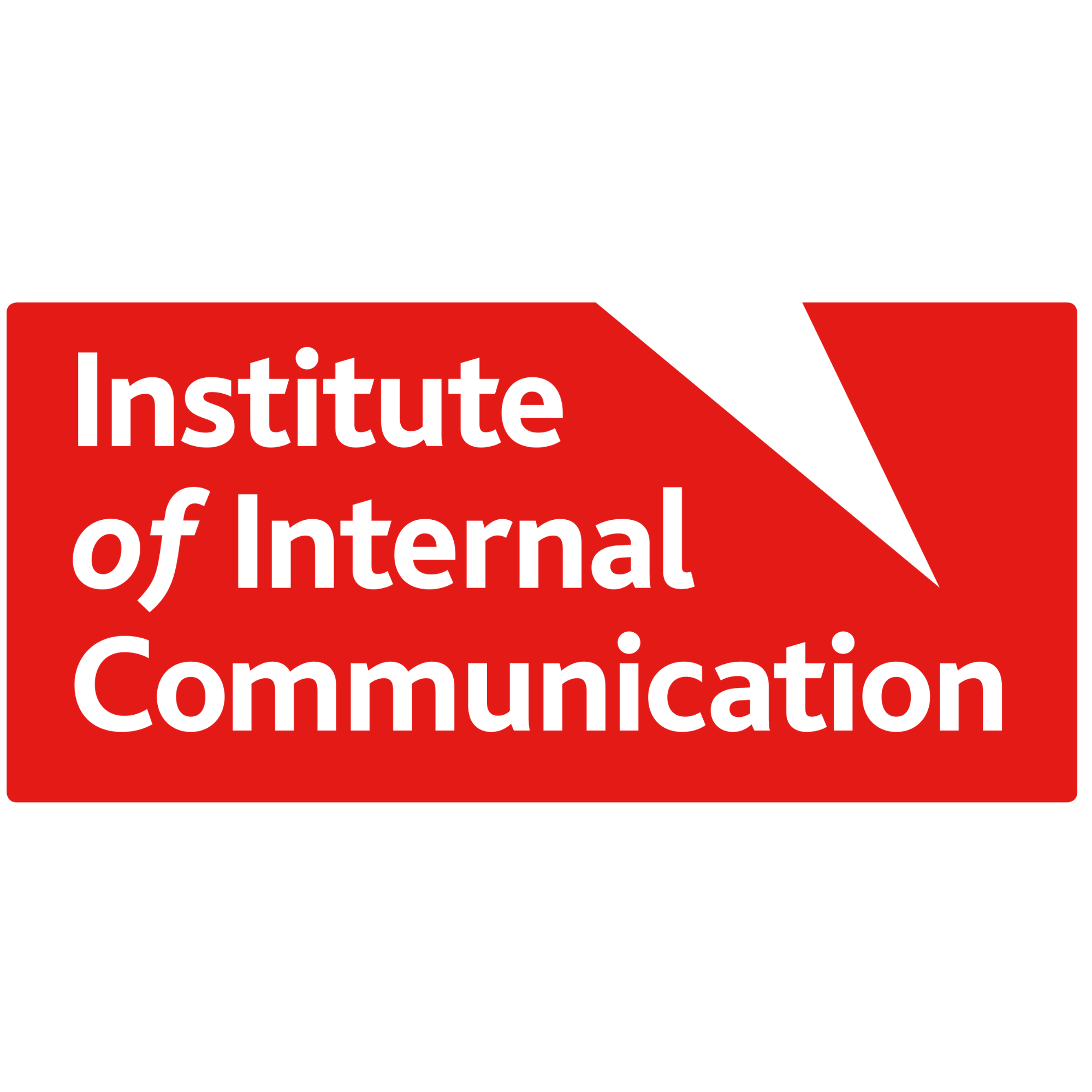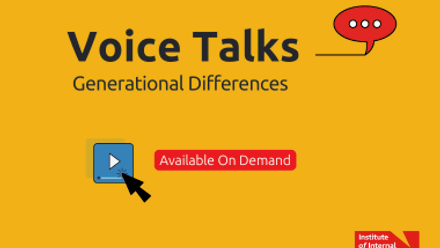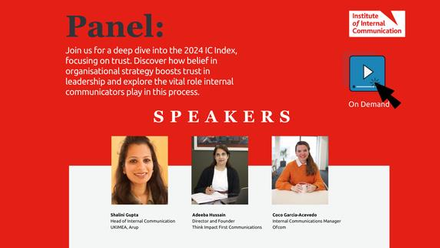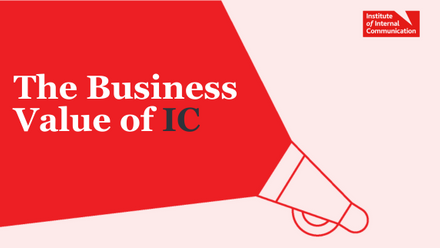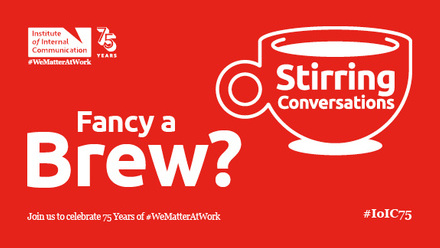Alignment is a hot topic in the business world these days. But if alignment means "people are able to make decisions and take actions that line up with the wider organization's strategy and priorities," where does it all go bad? What is it that sabotages alignment?
In our many combined years as internal communication consultants, we've seen three main things drive failures of alignment.
- The definition of what is important is vague, perhaps deliberately left so, to accommodate compromises or secure the backing of rival stakeholders
- Differences of opinion about how priorities rank in importance, or unclarity about how required processes and practices result in disconnects and ambiguities
- Failure to close the 'relevance gap': high level statements and generic messaging is not properly connected with the different context of each team, leading to different interpretations of how intent relates to implementation
What these have in common is that it leaves people having to bridge the gap between what is stated and how that applies in the workplace. These different interpretations of what is important then inevitably collide in words or actions, resulting in misalignment.
The result is chaotic, contradictory, and confusing. Most tangibly, employees, teams and functions can diverge so far as to start working at duplication or cross purposes, burning time, money, and resources.
So, if you see a performance problem emerge in your organization, or even if you are noticing meetings getting heated or frustration starting to mount, a good place to start is to see if what people are saying and doing is misaligned.
Identifying alignment gaps is the tricky part because often, they sit invisibly below the surface.Misalignment sits between people rather than clearly known by individuals. It presents itself in problems caused by poor cooperation, conflict, people saying 'yes' but not delivering, and so on. Tools, such as those offered by Mirror Mirror are available to reveal and measure alignment gaps and dealing with them is a high-quality, two-way communications process in itself.
Looking at the issue from an alignment perspective offers two major advantages: it depersonalises both the analysis and the resolution, and it generally points to solutions that can be addressed through modifications in language and behaviour rather than through large-scale investment in people, process, or technology changes. Alignment is a field offering major opportunities for the interpersonal communications practitioner today.
For more on this topic, download the mini-ebook 'Sabotaging Alignment'
